I Used to Imagine Murdering the Men I Dated
Falling in love helped me finally figure out why.
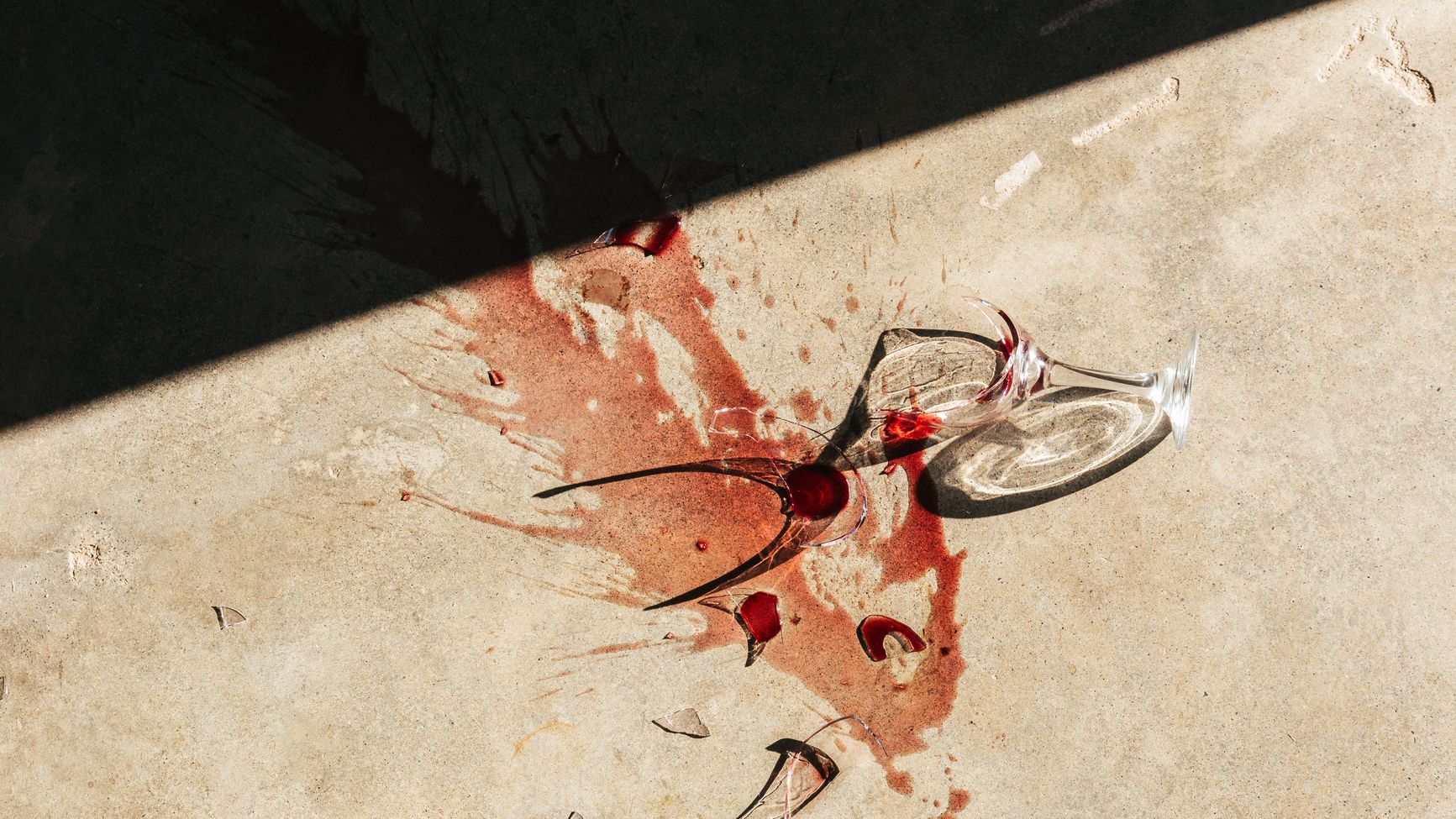
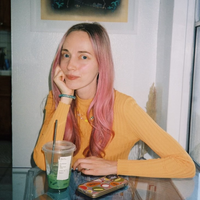
In my twenties, I had a habit for one-night stands. I'd meet a guy, traipse back to his place, and, after hooking up, promptly remove myself from the situation. No post-coital cuddle, no morning coffee, no lingering, intimate conversation.
In the rare instance that I did sleep over somewhere, I would inevitably jolt upwards at 5 a.m., panic-stricken, and scavenge for my belongings in the dark. Whether I recovered my candy-colored Hanky Panky underwear depended not on how lightly Guy X snoozed, rather how quickly I stirred another sleeping giant—my thoughts. More specifically, my violent, murder-y thoughts. You see, whenever I awoke to find a man innocently slumbering beside me, my mind always alerted me to the fact that if I wanted to, I could kill him.
What's to stop you, Jessica? It is not totally out of the realm of possibility. What if you lost all control and in one swift motion, you ended this poor guy's life?
Who is this girl, Dexter with blonde balayage? It's a fair question, and one that I posed to myself many times, but in actuality I was struggling with what I had yet to understand as Harm Obsessive-Compulsive Disorder, a form of OCD in which you are flooded with intrusive thoughts or fears of hurting those around you.
An estimated 2.3 percent of Americans have OCD, but the percentage of those with Harm OCD is unknown, at least partly because intrusive thoughts are so offensive, they prevent many sufferers from coming forward.
By definition, intrusive thoughts are unwelcome, involuntary thoughts or images that are violent or inappropriate in nature. In my case, this translated to full-blown Tarantino musings—with a millennial slant—and they could strike at any time or place, often targeting the things I most value. I am a hopeless romantic, so date nights were a particular trigger, but the onslaught didn’t stop there. Coffee with a coworker led to visions of me throwing a scolding-hot matcha latte in their face. Fashion week reporting resulted in imagining a stiletto heel plunged into a model's eye. And brunch with a new friend never failed to end in broken Mimosa glasses and a bloodbath. Check please.
I explained away my perpetually unattached state as a means for exploring my options and having fun. It was easier to be a Carrie Bradshaw, after all, than a Carrie.
Although everyone experiences troubling thoughts—85 percent of the non-OCD population admits to having violent thoughts on occasion—when they happen to someone with an obsessive brain like me, the outcome is persistent and paralyzing. The harder you try to make the thoughts stop, the stronger they come on. I relate the experience to a pesky pop-up window—close one, and a hundred more appear.
Stay In The Know
Get exclusive access to fashion and beauty trends, hot-off-the-press celebrity news, and more.
Still, it didn't stop me from straining to close the metaphorical windows by any means necessary. Each time invisible gore splattered in my field of view, I would retreat to a restroom stall, the color drained from my face, and pull my hair until the pain distracted me from the bad thoughts. I would repeat silent mantras over and over: "You are not a psycho-killer. You are not going to snap. You are a good person." I Google searched characteristics of murderers to prove I was not one. It would take me many years to recognize that these behaviors are compulsions.
In his book Overcoming Harm OCD, psychotherapist Jon Hershfield explains, "A compulsion in Harm OCD is anything you do, mentally or otherwise, to try to convince yourself that you did not, will not, would not, and are not harming people." They range from "avoiding things, activities, or people that trigger thoughts of harm" to "engaging in superstitious behaviors to ensure that no harm will take place" and even "mentally reviewing memories to assure yourself that no harm could have been done." A person with traditional OCD may check to make sure they didn't leave the stove on, while someone with Harm OCD will revisit a location to make sure they didn't kill someone.
Detrimental as these habits are, they're deceiving in that they do offer a small dose of relief, however fleeting, and that feeling keeps sufferers coming back for more. That's where the repetition part of OCD comes in, which rapidly devolves into a time consuming and taxing chore. My personal brand of compulsions varied, but the most common one I implemented was avoidance: When I realized romantic situations were riddled with land mines of harmful thoughts, I opted to avoid relationships altogether. Hence, my penchant for hooking up.
People in my circle eventually caught on. At 28, my family wondered why I never brought home a boyfriend. My dad asked on more than one occasion if I was gay. (The supportive sentiment was appreciated.) And a former boss once declared, "Jessica doesn't drink, she doesn't smoke, but she loves her sexy time." I played along and leaned into the role, explaining away my perpetually unattached state as a means for exploring my options and having fun. It was easier to be a Carrie Bradshaw, after all, than a Carrie.
And then, I fell in love.
Michael—a wild-haired, gap-toothed, guitar-player from Boston—and I met at a dive in Los Angeles's Echo Park, and I knew instantly that I cared about him too much to ghost him. On the contrary, I badly wanted to explore our potential. Thus began an internal dance of bargaining. How deep could our connection get before intrusive thoughts took over?
It turns out, not very. For each butterfly-filled date we shared—a trip to a Robert Mapplethorpe pop-up at LACMA, a stroll through Greystone Mansion Park, an evening out in support of his band residency at Hotel Cafe—there was a nightmarish consequence.
What if you strangle him in Mapplethorpe's bondage? What if you push him over this towering balcony? What if you bludgeon him to death with a Rickenbacker?
As my feelings for Michael and day terrors blossomed in step, I ramped up my attempts to neutralize them, determined to make us work. I started hiding sharp objects out of sight, avoided the news (lest a clickbait headline about a murder send me on a spiral), and attempted to counter grisly thoughts with happy ones. "Think: Poppy fields! Rothko sunsets! Taylor Swift! Bad Blood—Wait, no, scratch that." Michael would notice when I got quiet, and when he asked why, I improvised an excuse. My heart sank every time, knowing that I was creating distance between us and robbing myself of the present moment.
Eventually, inescapably, the intrusive thoughts hit a fever-pitch. We were house-sitting for a friend, and as we tucked into bed, I discovered a hunting knife on the nightstand. The blade, obviously meant for protection, blindsided me and ignited a massive panic attack.
I knew then I could no longer keep up the facade, this double life I'd concocted, with compulsions exhausting me to the core. I decided to open up to Michael.
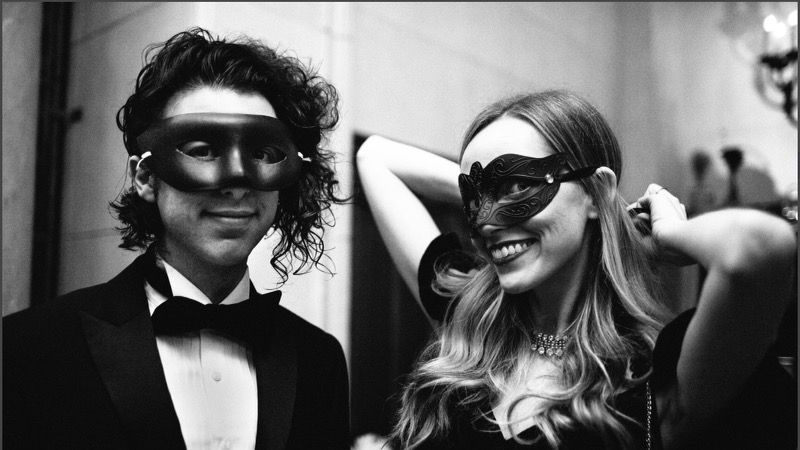
'The author and her boyfriend, Michael, at a wedding in 2017.'
Fortuitously, around the same time I caught an episode of the NPR podcast Invisibilia. Titled “The Secret History of Thoughts,” the show featured a newlywed man called "S", who described an experience eerily similar to mine. While watching a violent movie with his wife, S was struck with the sudden, recurrent fear that he could stab her. By the end of the episode, the program gave his condition a name: Harm OCD.
A lightbulb went off, and I brought the podcast to Michael as a delicate way to segue into my reveal. After he listened, I clenched my sweaty palms, and posed: "You know how this guy is scared of hurting his wife?" He nodded, oblivious to where this was going. "Well," I gulped. "I feel that way too. I think I have Harm OCD, because sometimes I picture killing you."
"Hmmn." He furrowed his brow, unreadable. The silence that followed was unending. I was sure I’d sabotaged us, that I'd driven a stake through our entire future in the blink of an eye. The irony.
At last, he uttered, "Well... I'm glad I just signed a lease with you."
My stomach dipped. He let the sentence linger and then to my unimaginable relief, he cracked a smile. "Gotcha."
We both started laughing, which is something I desperately needed—to find the humor in the situation. Levity is easy to miss when you're lost in the macabre woods, but Michael showed me that mocking my thoughts could be a valuable tool (a philosophy later encouraged by my therapist). Soon after, with his encouragement, I sought professional help.
This wasn't my first attempt to consult a therapist or psychiatrist. Confessing to a stranger that you have murderous thoughts is an incredibly vulnerable and scary thing to do. Also, since there is not widespread awareness about my condition, some therapists I encountered didn't have the training to help me. I'd argue they threw me off-track. This is in part why the average time it takes someone with OCD to receive proper treatment is 14 to 17 years from the onset of symptoms.
Fortunately, I discovered OCD Center of Los Angeles. (The Executive Director, psychologist Tom Corboy, was interviewed on Invisibilia.) It was there I met Elena Fasan, a therapist who implements Cognitive Behavioral Therapy or CBT, and in a single one-on-one session the trajectory of my life changed.
As a screenwriter, I'm encouraged to hide Easter eggs in scripts, and meeting Elena felt like unearthing a giant golden one in my life. By remarkable chance, she was an Omaha native like me, she also had Harm OCD, and most crucially, she knew how to treat me.
The average time it takes someone with OCD to receive proper treatment is 14 to 17 years from the onset of symptoms.
Fasan confirmed my suspected diagnosis and welcomed me to her weekly group sessions. It was there every Saturday morning, in a Brentwood high-rise, that I grit my teeth in OCD recovery—er, maintenance (OCD is not something you can "cure"). Through tears and laughter, I shared my story with a motley crew of obsessives and learned about their own inner-demons. They ran the gamut from intrusive sexual thoughts (Pure Obsessional OCD) to the inability to get a song out of your head (motor-sensory OCD) and the fear of harming a newborn (Harm/Postpartum OCD). Unlike pop culture portrayals—narrow depictions of OCD as something that makes one a neat freak—their personal stories proved the disorder’s range and helped me feel seen. And here's the kicker. Remember all the years I strived to silence my thoughts? Fasan put her foot down on that practice. She taught me that if I wanted to effectively manage my fears, I must stop running away from them. I must run headfirst toward them with Exposure and Response Prevention therapy, or ERP.
"All variations of exposure therapy focus on the same core principle," Corboy says, "which is that those suffering from these conditions will experience the greatest reduction of their symptoms by repeatedly doing the very thing that most terrifies them, without responding with any behaviors that are meant to reduce or control their anxiety."
Under Fasan’s guidance, I built an Exposure Hierarchy chart, a list of personalized, anxiety-producing situations in order of severity. The chart organizes your fears so you may gradually expose yourself to them. For instance, if I was triggered by a scary movie on my Netflix home screen, my assignment was to add it to my queue. If watching an entire slasher film was too intense, we'd start with just the trailer. Eventually, I'd escalate to watching a documentary about real killers, and so on.
It's important to note that exposure should never involve anything that is actually dangerous. That is, a therapist would never instruct someone scared of stabbing someone to actually carry out the act (obviously), and that's where an "imaginal" comes into play. Corboy describes an imaginal as "the writing of short stories based on the individual's obsessive thoughts. These are stories based on the sufferer's scariest thoughts—their deepest, darkest OCD thoughts, taken to the worst possible outcome."
The process of ERP and imaginals is terrifying at first, because it is designed to spike your anxiety. The madness behind the method is that when you face a triggering situation and accept the unavoidable anxiety and intrusive thoughts that follow, instead of performing a compulsion, it creates a new neurological pathway. The offending thought becomes less important. Basically, your mental process goes from Oh my god, what if I snap and kill someone, and ruin their lives and their family's lives and my family's lives, and I'm a trending topic on Twitter, and everyone hates me forever? to Oh, that was a weird thought.
Exposure Therapy, however simple in concept, is one of the toughest things I've ever tackled. But, little by little, it effectively stripped my OCD of its power, and emboldened me to reclaim my life. In time, combined with other CBT tools (like mindfulness meditation) I stopped hiding knives and started actually using them to cut up food—what a concept! Finally, I reached the top of my hierarchy chart, which required me to keep a knife on our nightstand.
This straightforward task would have been previously inconceivable for me, but with eight months of therapy under my belt, and Michael's consent and cooperation—bless him—I conquered the assignment. I kicked that exposure’s ass.
Today I'm a few years into my OCD maintenance. I graduated from group therapy—which is the goal with CBT—and have the tools to keep my OCD in check. I recognize triggers and perform exposures on the regular, and with the advent of support groups moving online (a silver lining of the pandemic world), I am able to pop in for a touch-up when needed. I wrote a TV pilot, Obsessed, centered on a character with Harm OCD. Along with director Jennifer Kaytin Robinson (Someone Great, Sweet Vicious), we aim to bring representation to this underground mental illness—something that is majorly lacking in the media.
Michael and I just celebrated our five-year anniversary, and while the future of our relationship is uncertain, like all things in life, I am learning to embrace the present moment instead of worrying about all the things that could go wrong. Do we want to kill each other sometimes? Sure. But, that’s to be expected after more than a year in lockdown.
Jessica Amento is a fashion editor turned screenwriter living in Los Angeles. She moonlights as a mental health advocate and volunteer for Kitten Rescue.
-
 The Royal Family Easter Rule Kate Middleton Broke in 2018
The Royal Family Easter Rule Kate Middleton Broke in 2018The Princess of Wales was pregnant with her third child—Prince Louis—at the time.
By Amy Mackelden
-
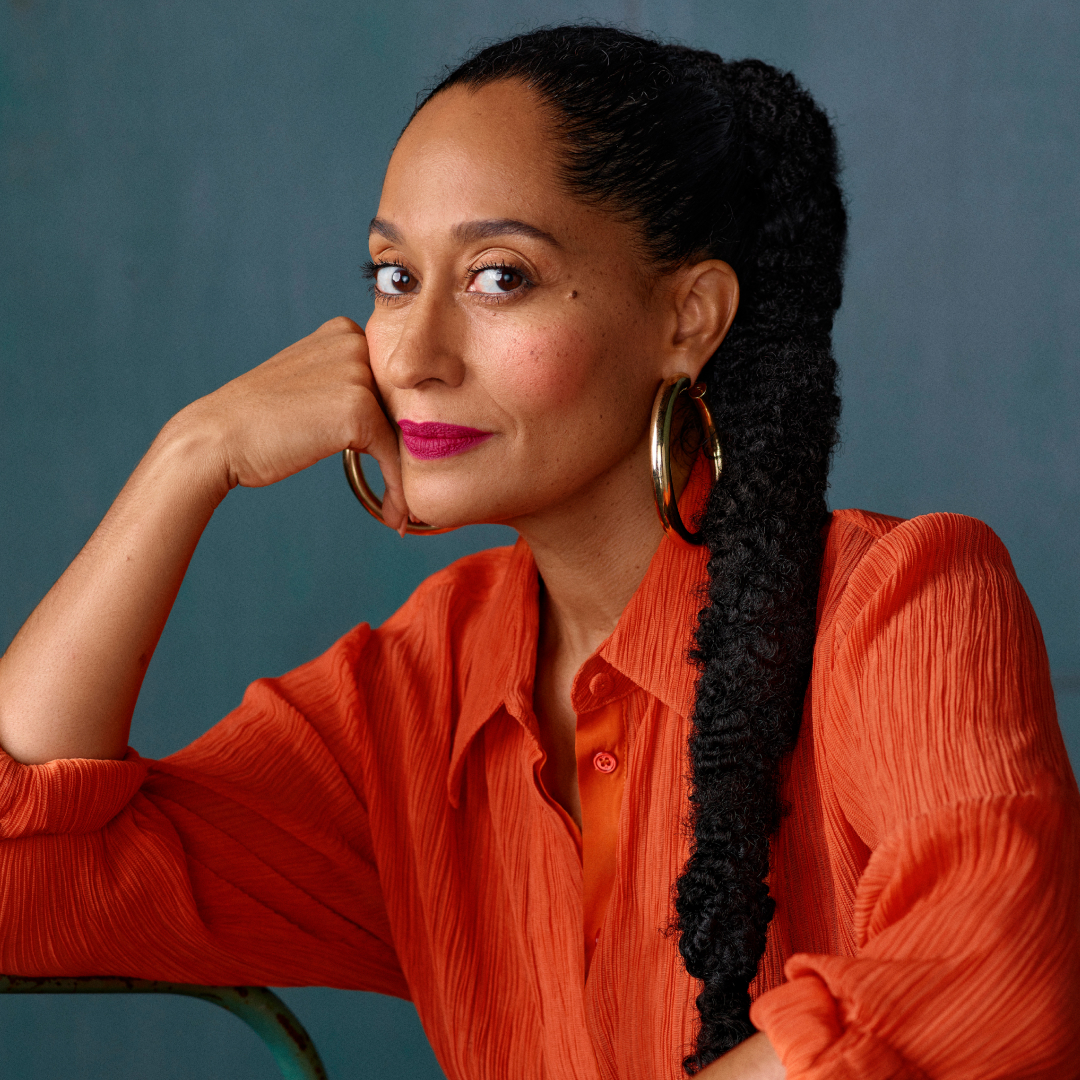 Tracee Ellis Ross Reflects on "Grief" Over Not Marrying or Having Kids
Tracee Ellis Ross Reflects on "Grief" Over Not Marrying or Having Kids"I grieve the things that I thought would be and that are not."
By Amy Mackelden
-
 A "No-Fly Zone" Has Been Placed Over King Charles's Home
A "No-Fly Zone" Has Been Placed Over King Charles's Home"It prompted a security scare."
By Amy Mackelden
-
 Senator Klobuchar: "Early Detection Saves Lives. It Saved Mine"
Senator Klobuchar: "Early Detection Saves Lives. It Saved Mine"Senator and breast cancer survivor Amy Klobuchar is encouraging women not to put off preventative care any longer.
By Senator Amy Klobuchar
-
 I'm an Egg Donor. Why Was It So Difficult for Me to Tell People That?
I'm an Egg Donor. Why Was It So Difficult for Me to Tell People That?Much like abortion, surrogacy, and IVF, becoming an egg donor was a reproductive choice that felt unfit for society’s standards of womanhood.
By Lauryn Chamberlain
-
 The 20 Best Probiotics to Keep Your Gut in Check
The 20 Best Probiotics to Keep Your Gut in CheckGut health = wealth.
By Julia Marzovilla
-
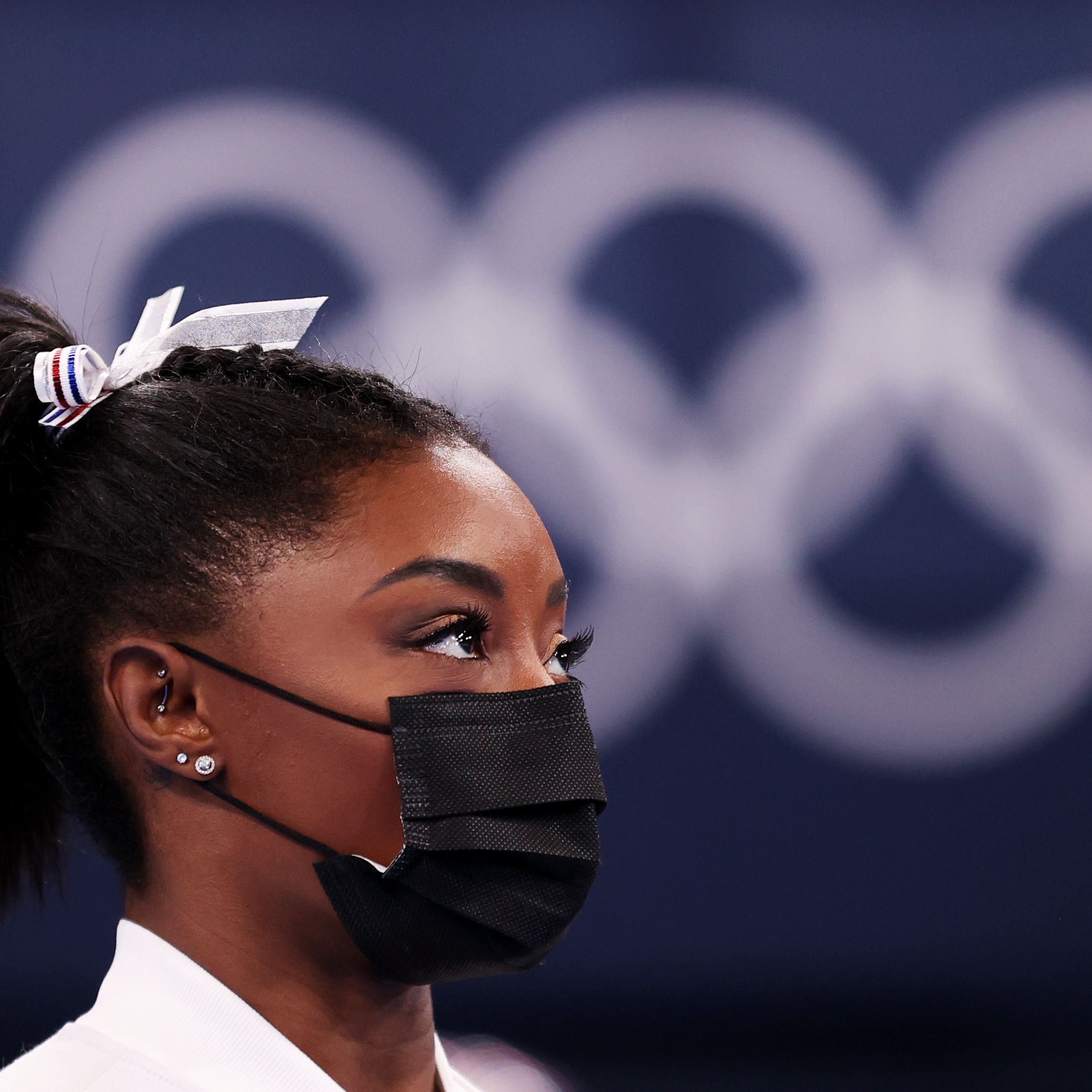 Simone Biles Is Out of the Team Final at the Tokyo Olympics
Simone Biles Is Out of the Team Final at the Tokyo OlympicsShe withdrew from the event due to a medical issue, according to USA Gymnastics.
By Rachel Epstein
-
 The Truth About Thigh Gaps
The Truth About Thigh GapsWe're going to need you to stop right there.
By Kenny Thapoung
-
 The High Price of Living With Chronic Pain
The High Price of Living With Chronic PainThree women open up about how their conditions impact their bodies—and their wallets.
By Alice Oglethorpe
-
 60 Workout Apps for Women Who Want Results (Without a Gym Membership)
60 Workout Apps for Women Who Want Results (Without a Gym Membership)Buying Guide Easy fitness plans you can follow without fear of judgment.
By Bianca Rodriguez
-
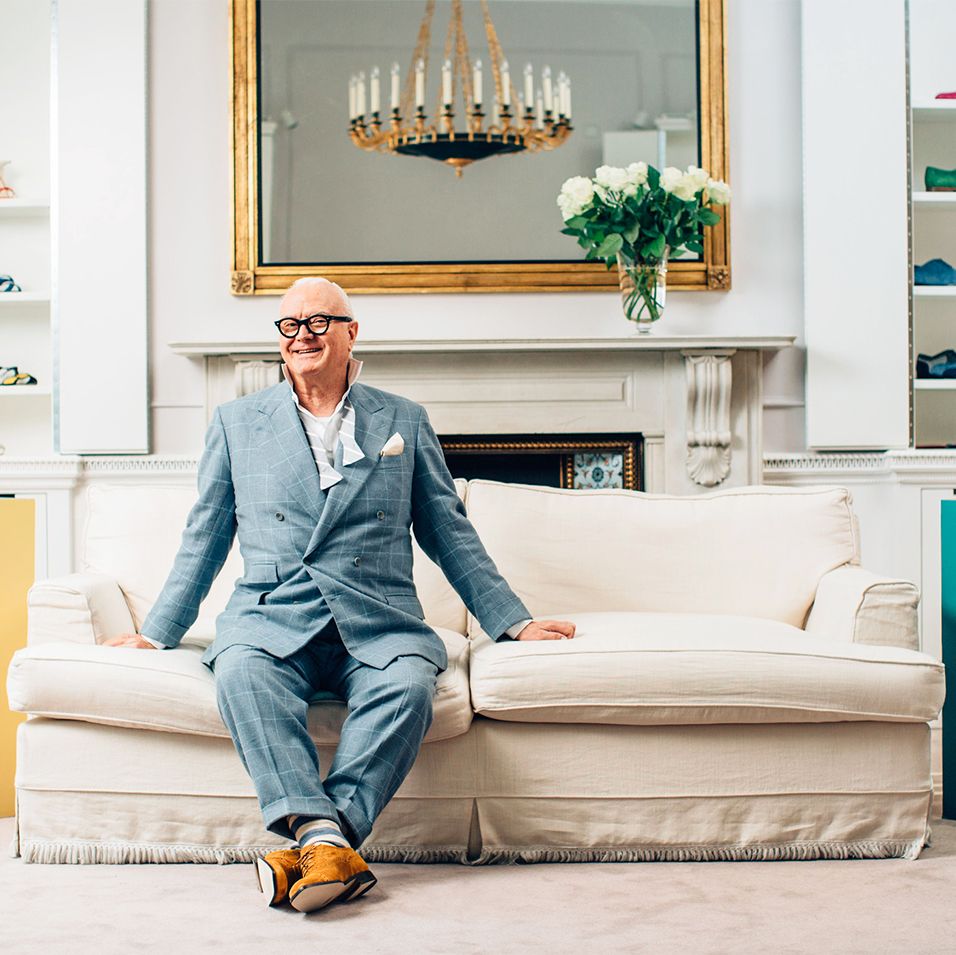 How I Mental Health: Manolo Blahnik
How I Mental Health: Manolo BlahnikHere, how the fashion icon stays centered.
By Ying Chu